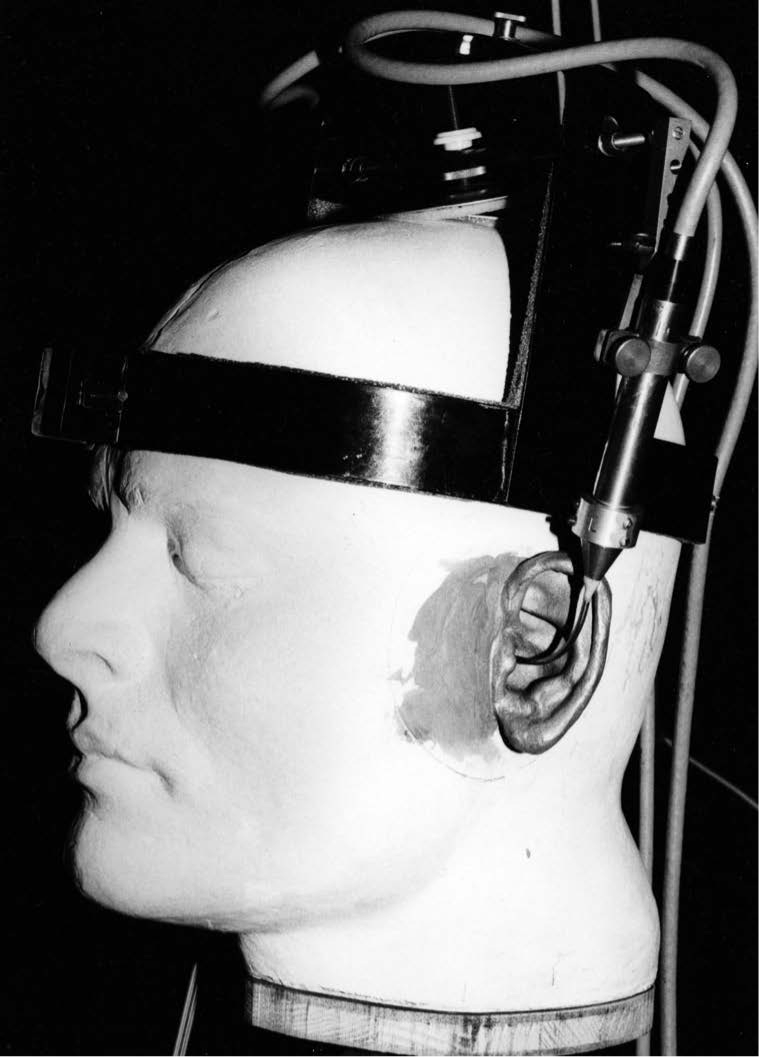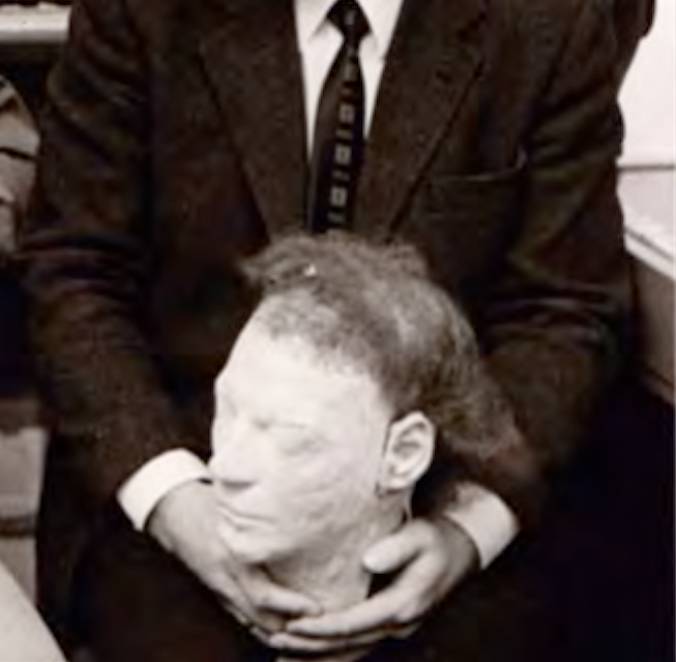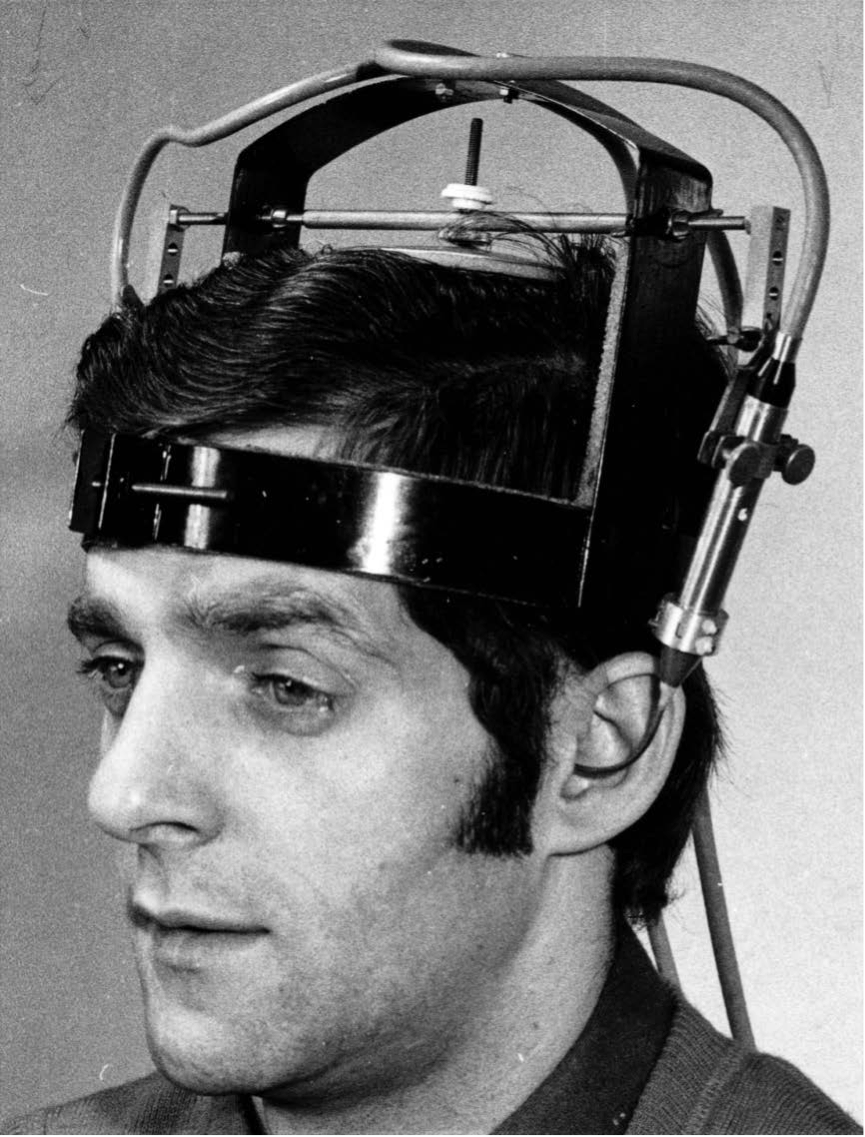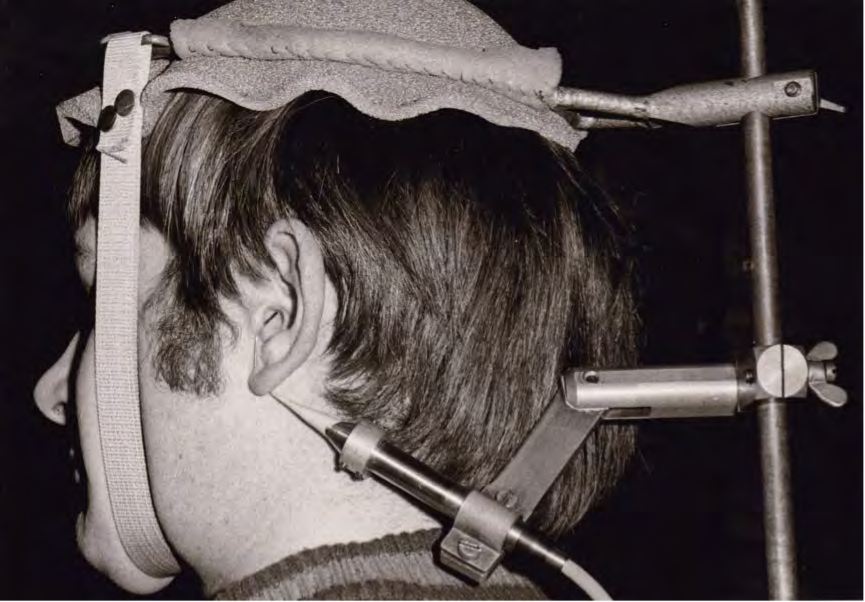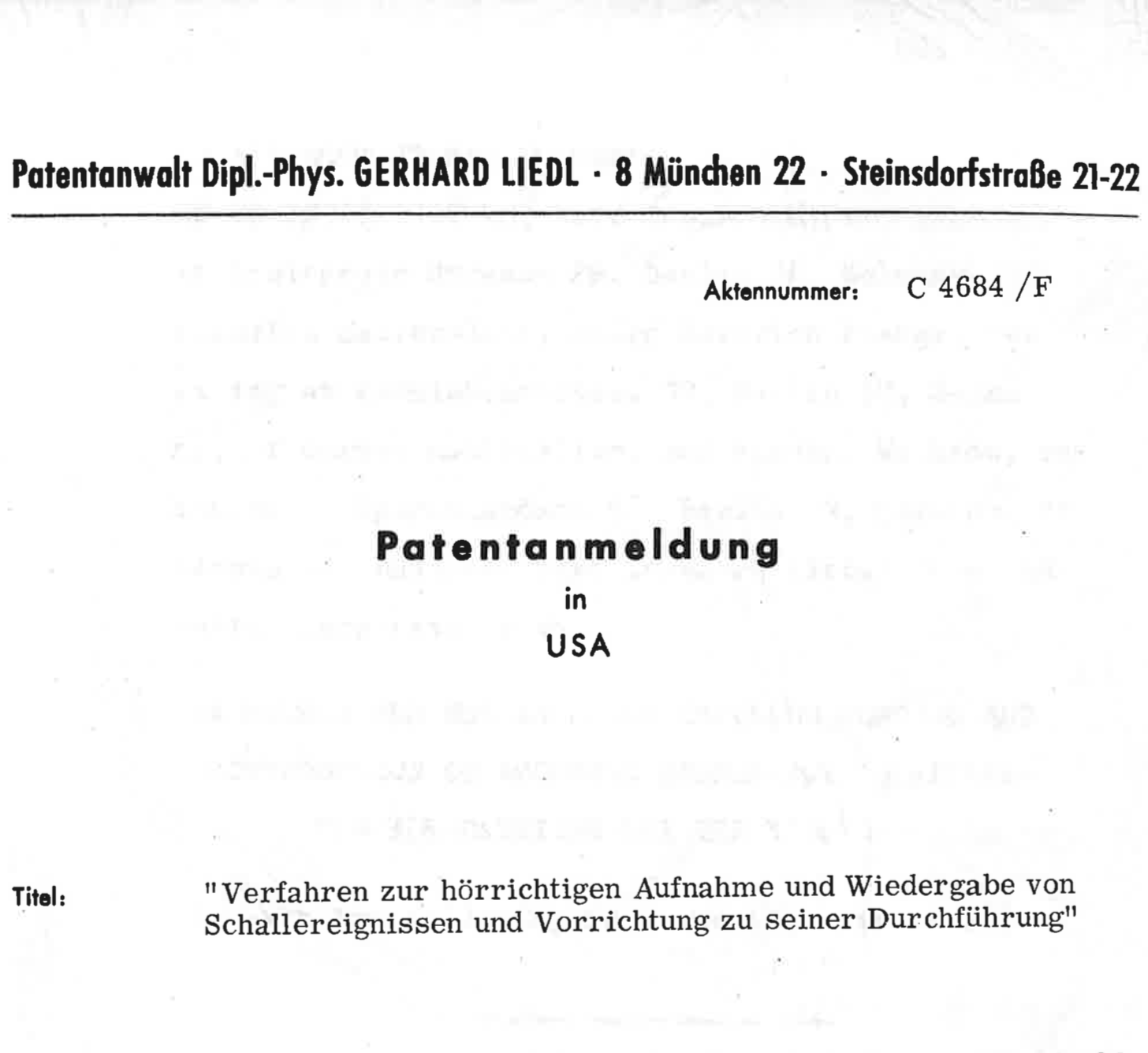Contribution / Chapter
Testing Spatial Hearing
Items
Testing Spatial Hearing
The concept of Kunstkopf (artificial head) recording emerged in the 1930s, but it was not until the 1960s that three German research groups started to build new dummy heads. They had different research agendas and experimental setups. Artificial heads captured sounds for listening tests but were also used for electroacoustic measurements. Initially, testing with and of the Kunstkopf neatly combined scientific with industrial agendas. This chapter describes how the research teams conceptualized and investigated the epistemic and technical aspects of Kunstkopf technology. It shows both that artificial heads were deployed to render listening tests more reliable and that the Kunstkopf itself was tested to construct an equivalence relationship between binaural technology and human spatial hearing. Tests and measurements constituted a complex process of argumentation in which the Kunstkopf played different roles in the experimental system: epistemic object, technical instrument, black box replacing human test subjects, and commercial sound reproduction system.
© 2015 – 2026 Humboldt-Universität zu Berlin

